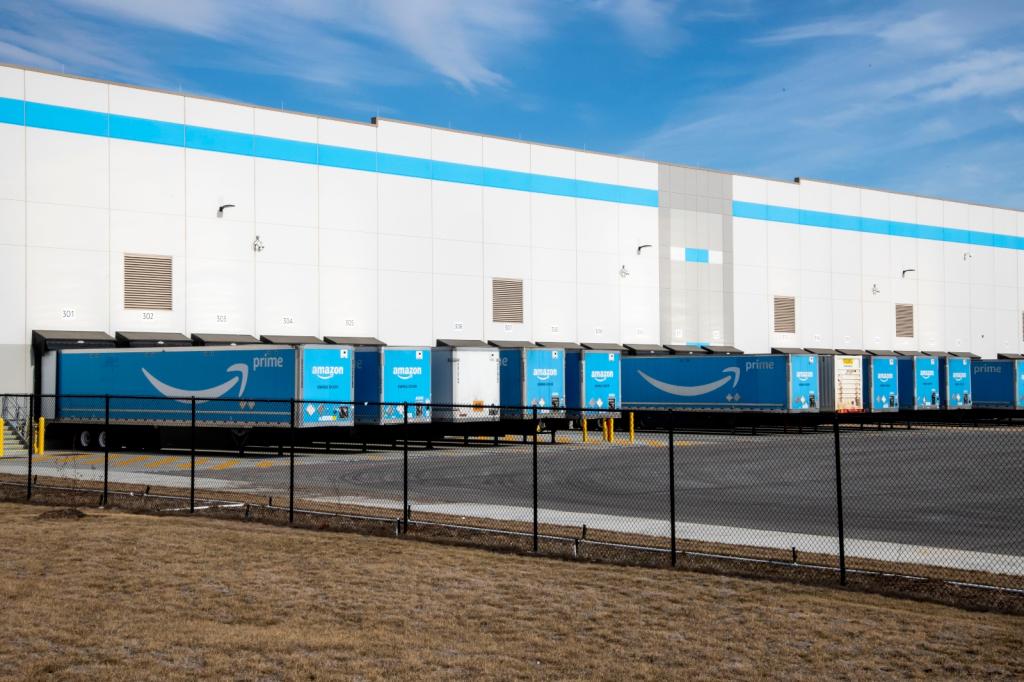A fascinating little article in Sunday’s Boston Globe Ideas section highlights some recent scientific studies on the psychological effects of city life:
Just being in an urban environment, they have found, impairs our basic mental processes. After spending a few minutes on a crowded city street, the brain is less able to hold things in memory, and suffers from reduced self-control …
“The mind is a limited machine,” says Marc Berman, a psychologist at the University of Michigan and lead author of a new study that measured the cognitive deficits caused by a short urban walk. “And we’re beginning to understand the different ways that a city can exceed those limitations.”
So is it the sensory overload of being in an urban environment or the lack of nature that does the damage? It seems to be a bit of both: Numerous studies have shown, for instance, that hospital patients recover more quickly when they can see trees from their windows and that apartment-dwellers function better when their units overlook a grassy courtyard. Green spaces provide a mental break, according to the article, from the “urban roil.”
But what if the urban space isn’t roiling? I mean, it stands to reason that walking through Times Square during a power outage at 5 a.m. on a Sunday morning would tax the brain less than doing so on New Year’s Eve, but would it be less taxing than hiking through a riotous rainforest?
Interestingly enough, the answer is probably “no.” The article goes on to explain that when it comes to nature, the more sensory stimulation, the better.
Although [Frederick] Olmsted took pains to design parks with a variety of habitats and botanical settings, most urban greenspaces are much less diverse. This is due in part to the “savannah hypothesis,” which argues that people prefer wide-open landscapes that resemble the African landscape in which we evolved. Over time, this hypothesis has led to a proliferation of expansive civic lawns, punctuated by a few trees and playing fields.
However, these savannah-like parks are actually the least beneficial for the brain. In a recent paper, Richard Fuller, an ecologist at the University of Queensland, demonstrated that the psychological benefits of green space are closely linked to the diversity of its plant life. When a city park has a larger variety of trees, subjects that spend time in the park score higher on various measures of psychological well-being, at least when compared with less biodiverse parks.
OK, you say, so now surprise me. I don’t need a psych study to tell me that a walk in the park is good for the mood. Or that traffic jams are less fun than lakes and butterflies. Point taken. But to the extent that scientific studies can help make the case for innovative urban design, including greener, airier homes and apartments, wilder public parks, and less concrete in between, then I’m all for them. And hey, it’s a good argument for a corner office.


